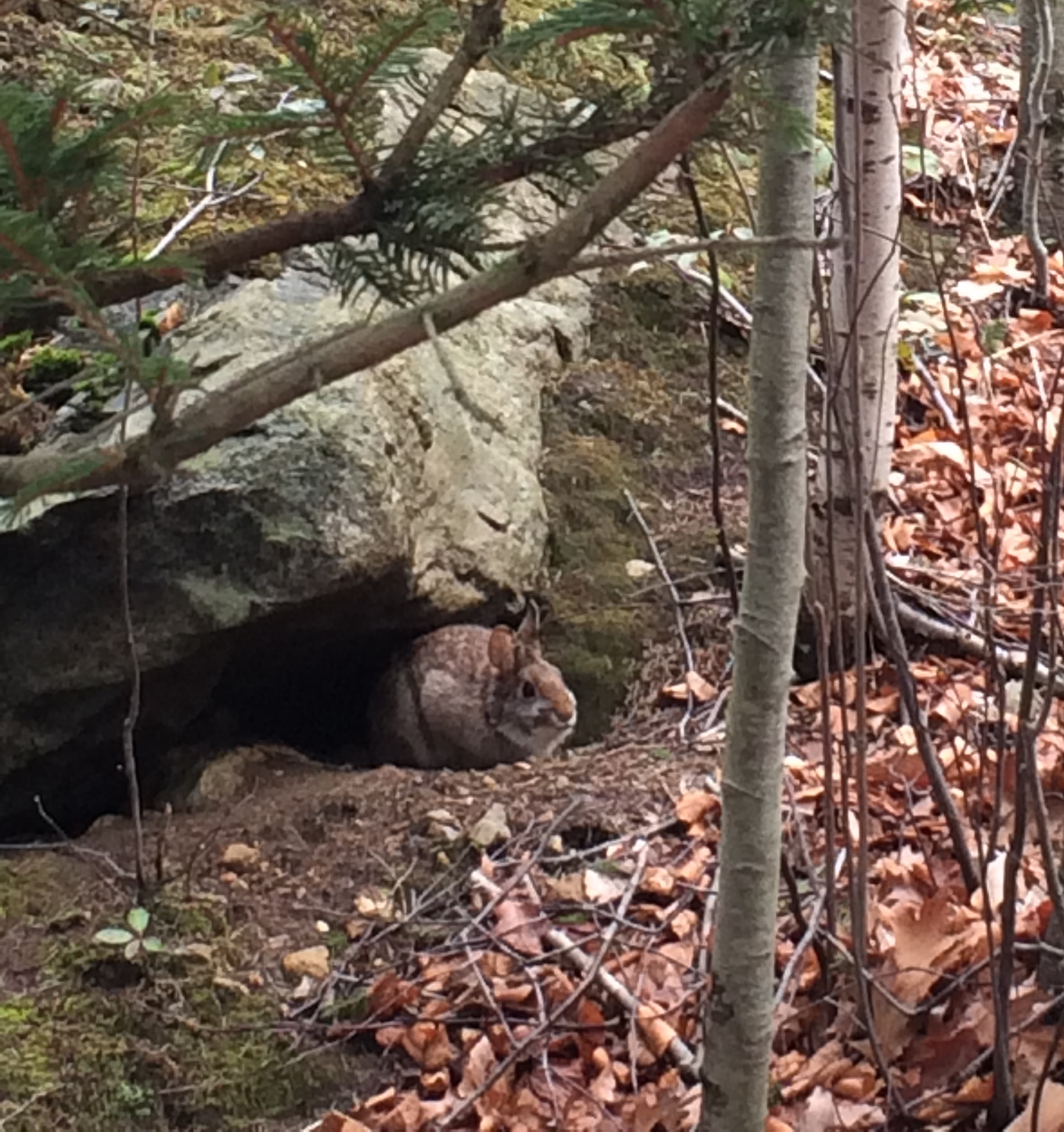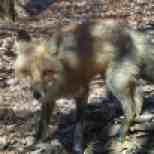It’s finally June, which means the Water Quality Unit at New York State Parks is out in full swing for the 2019 summer season. Each year, staff from the Water Quality Unit coordinate water quality monitoring programs for many of the waterbodies within Park boundaries. A substantial portion of State Parks attendance is associated with recreational water use, so it is important to ensure the beaches are operated in a manner that is both safe for patrons and that protects this valuable resource for future use. The Beach program oversees weekly bacteriological sampling at 96 sampling stations within 60 parks, provides water quality training to Park staff, works on collaborative studies with other agencies, and ensures compliance with the Harmful Algal Bloom (HAB) protocol. Keep reading for an overview of each of these responsibilities!
Beach Locations
New York State Park Beaches are located across the entire state – from end to end and top to bottom; on small inland lakes, the Finger Lakes, the Great Lakes, the Niagara and St. Lawrence Rivers, and on the Ocean. This link will take you to the State Parks webpage where you can search for a beach near you or one you want to visit.

Weekly Sampling
Each guarded beach is sampled a minimum of once a week for E. coli (freshwater) or Enterococci (marine) bacteriological indicators during the swim season. The EPA defined regulatory limit for exceedances are greater than 235 E. coli colonies per 100 ml, and greater than 104 Enterococci colonies per 100 ml. If a sample comes back over the regulatory limit, the beach is sampled again, until a satisfactory result is reported by the certified laboratory. State Parks defines two categories of beaches: Category 1 (must resample and may remain open), and Category 2 (must resample and close immediately). Click here to learn more about beach categories and closure criteria. The data collected for the beach water quality program is carefully entered into large databases that are used for report generation, data evaluation, and reporting to regulatory agencies that in turn provide funding for beach sampling.
Beach Water Quality Training and Education
The Water Quality Unit provides regional trainings to park staff on how to properly collect a water sample, when to close or re-open a beach, and how to identify specific algae. The unit also conducts sanitary surveys to identify potential pollution sources and assists staff with site-specific questions and needs. In addition, the unit develops and/or distributes educational materials on potential waterborne illnesses and other water-related topics.
Water Quality Collaborations
The Water Quality Unit routinely collaborates with other agencies and organizations such as the United States Geological Survey (USGS), the New York State Department of Health (NYSDOH), New York State Department of Environmental Conservation (NYSDEC) and colleges and universities on subjects such as E. coli predictive modeling and HAB occurrences. State Parks collects and shares data with these agencies to help further current research. Check out this link Cornell at Work in NYS Parks to see Professor Ruth Richardson from Cornell University at work in Buttermilk Falls State Park testing out a new technology!

Harmful Algal Blooms
Research on the occurrence of HABs is still in full bloom both in the United States and worldwide. In past years, State Parks has seen HABs on our beloved lakes and beaches, sometimes for the first time ever noted. While this can be a startling discovery on a beautiful morning, be secure in knowing that State Parks has in place a firm reporting and response protocol for blooms observed both at beaches and non-beaches. State Parks follows guidance from the NYSDOH and NYSDEC in closing and re-opening beaches suffering from a HAB, and in posting signage and warning the public of an existing HAB on a State Park waterbody.
To learn what harmful algal blooms look like, click here for a link to last year’s blog on HABs and a summary of the concentrated effort being made in New York State to address HAB occurrences.
Post by Amy LaBarge, Ocean and Great Lakes Beach Water Quality Coordinator

















